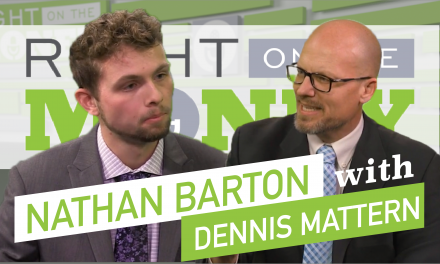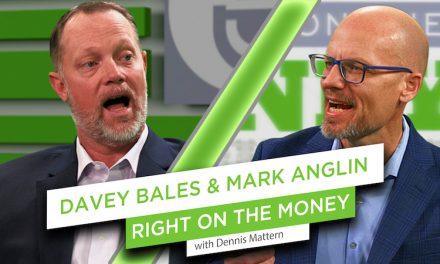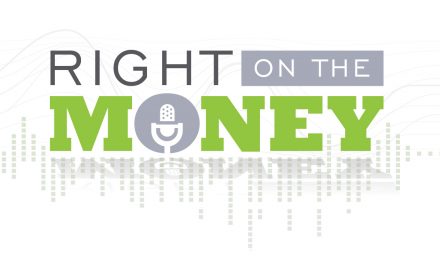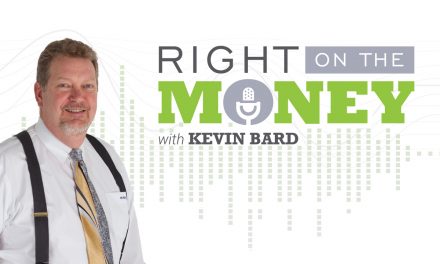Here are some highlighted excerpts from the interview with chartered financial consultant, investment advisor representative and author Mark Roberts:
Steve: How big a role do taxes play in retirement?
Mark: I think they play the biggest role, it’s the number one thing that eats away our money more than anything else. We don’t always have high medical bills, but we typically a few more medical bills as we get older. What’s constant every year, healthy or unhealthy, is taxes.
Steve: You just said when the first person dies in a marriage, you lose an exemption. If they were on the standard deduction that gets cut in half, then all of a sudden I might be in a new bracket. I might even have a Medicare premium increase because of it.
Mark: I think it boils down to client education. The course for my practice has been centered on something called our three tax buckets. If you can get clients educated on how the three tax buckets work, then they’re going to understand the rules to their money. If you understand the rules to your money, then it’s easier to understand the strategies and how to reduce your taxes overall. Here’s a perfect example of what three tax buckets look like. This is not about products. This is just strictly about understanding the rules to our money. You have tax-deferred, taxable, tax-free. Our money over here is going to grow tax-deferred where later down the road I get taxed. Here I get taxed every year. If my money makes money I get taxed. Over here it’s tax-free. It’ll never get taxed again.
Every bucket has pros and cons. In this example over here 401(k)s and IRAs, and annuities and so on, the advantage to this bucket is, I put money in and I get a tax deduction. When it grows, I don’t pay tax and my employer a lot of times matches. I have some advantages. The disadvantages, that bucket has rules. It’s got the 59½ rule and the 70½ rule. The other disadvantage, every time I take a withdrawal, I have to pay tax. The bulk of America has the bulk of their money in that left tax bucket.
It is extremely heavy compared to the other buckets. This bucket here is taxable every year. Bank accounts, money markets, CDs, stocks, bonds and mutual funds. The advantage: no rules. I’ve got no 59½ rule, no 70½ rule. The disadvantage, it’s taxed all the time. If my money makes money I get a 1099, I have to pay tax on a yearly basis. Tax-free means to potentially never get taxed again. Like a Roth IRA is a perfect example. This bucket does have a 59½ rule on a Roth IRA, but the advantage is, no 70½ rule. You’ve got two buckets without the RMD 70½ rule. The biggest advantage to this bucket is the fact that when it grows I don’t pay tax. When I withdraw it, I don’t pay tax. When I pass it on to my kids they don’t have to pay tax and no 70½ rule. The disadvantage of this particular bucket is, they don’t know how to get their money in that bucket. By far that is the biggest bucket everybody has. This is the medium-sized bucket, and this is the smallest bucket. When you look at it and walk people through, this is where they want their money but they have never been taught how to get their money in there.
Watch the interview with chartered financial consultant, investment advisor representative and author Mark Roberts.
Syndicated financial columnist Steve Savant interviews author, popular platform speaker and investment adviser representative Mark Roberts. Right on the Money Show is an hour long financial talk distributed to 280 media outlets, social media networks and financial industry portals.





